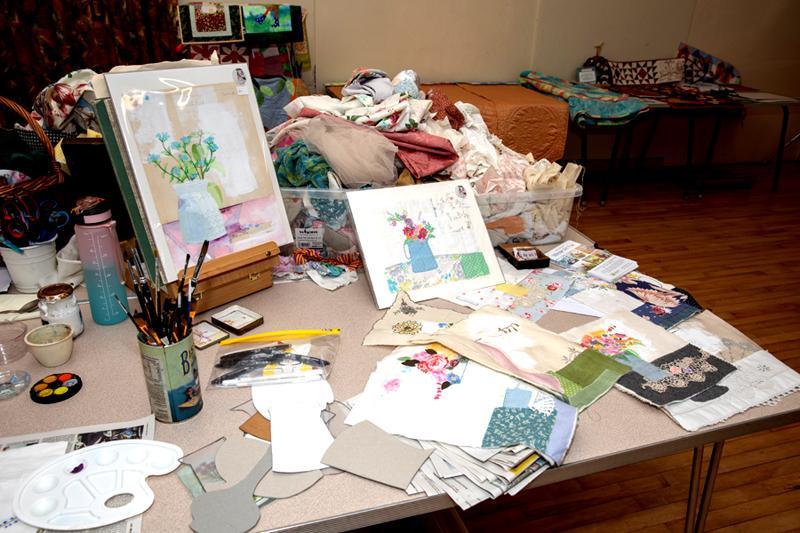
A 20-strong women’s voluntary self-help group, whose ages range from 40-plus to 80-plus, meet weekly in Brandon Community Hall to pool their creative skills in the production of traditional quilts and patchwork - their showpiece work produced to national championship standards and earning acclaim.
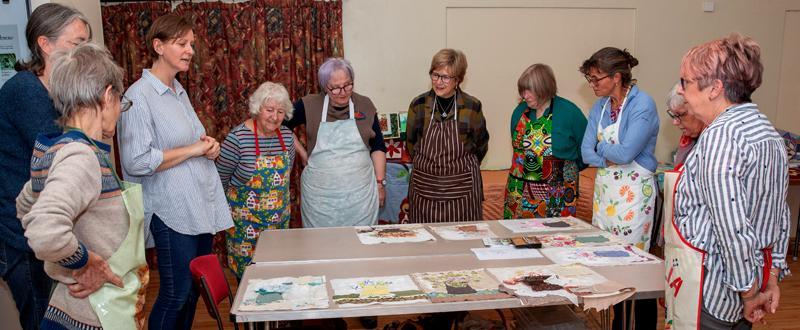
An initial appeal for help to the Freemen’s charitable trust has earned them a firm guarantee of £500 to enhance their skills through a workshop led by a local textile artist, exploring new techniques, as well as buying specialist design, measuring and cutting tools.
.jpg)
At the same time the Freemen have indicated willingness to consider a supplementary request to help the group buy a sewing machine with “an extra-large sewing space.” The new equipment would not only give the women the ability to tackle larger collaborative projects but also give elderly and disabled members the opportunity to make a bigger contribution.

Group member, Mrs Pat Sharples, explained: “Many in the group are active members of the Quilters’ Guild of the British Isles, some of us serving on the regional committee. Traditional Durham Quilting has its roots in the area’s mining communities and is internationally recognized.
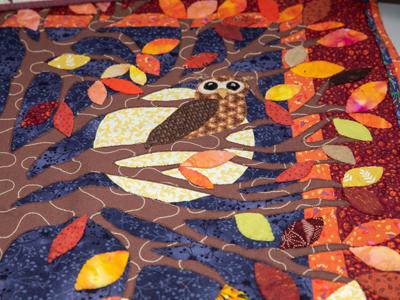 |
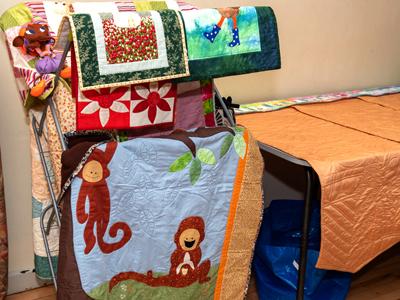 |
“We keep up-to-date with current and historical trends by visiting regional and national museums, exhibitions, education workshops and attend residential courses. Our commitment to ensuring traditional crafts survive for current and future generations is reinforced through our ties with the Durham Young Quilters, who are also based in Brandon.”
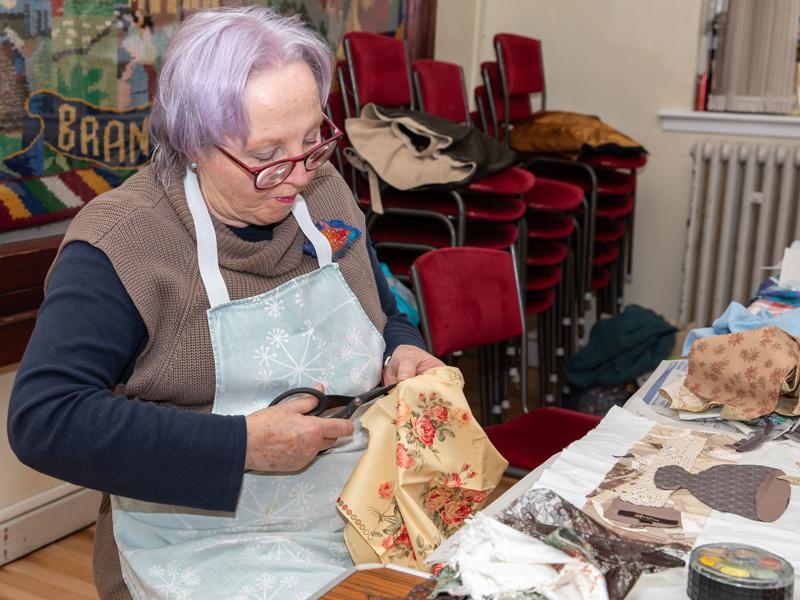
The original quilting concept, thought to have originated in the Middle and Far East, was adopted in England as a protective undergarment in the fighting apparel of knights. Later more ornate headgear and outer clothing appeared in fashionable Elizabethan society.
The wives of 18th century miners took up the concept “out of necessity” to provide warm bedding – roughly stitching together assorted scraps of material to create a top sheet, placing it over a wadding of wool or cotton and completing the “sandwich” with a less ornate bottom layer.
The Durham Quilters, who meet once a week, can produce a quilt in two days using sewing machines. But more detailed pieces can take months. Their work also extends to customized wall hangings and cushions. More recently techniques using paint onto a textile background, adding a floral collage and embellishing it with hand-stitched quilting have been adopted.
 |
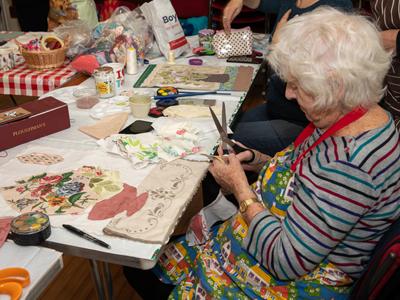 |
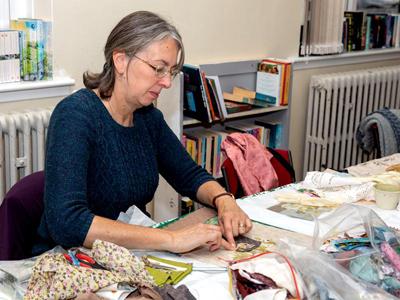 |
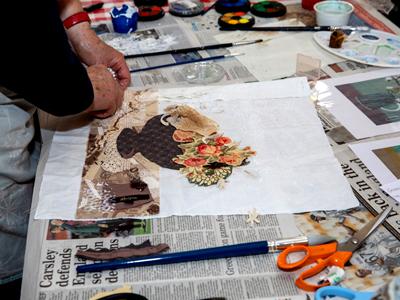 |
“For some years we have supported various charitable causes, including the long-established Project Linus which accepts and distributes tailor-made ‘comfort’ quilts to seriously ill children in regional hospitals and bereavement centres,” added Mrs Sharples.
Eric Bulmer, chairman of the Freemen’s charitable trust said: “We are pleased to support this dedicated group who are keeping alive a craft associated with the former mining life of Durham. We also congratulate them for reaching out to the next generation of young quilters, ensuring this important aspect of our heritage continues to survive.”
